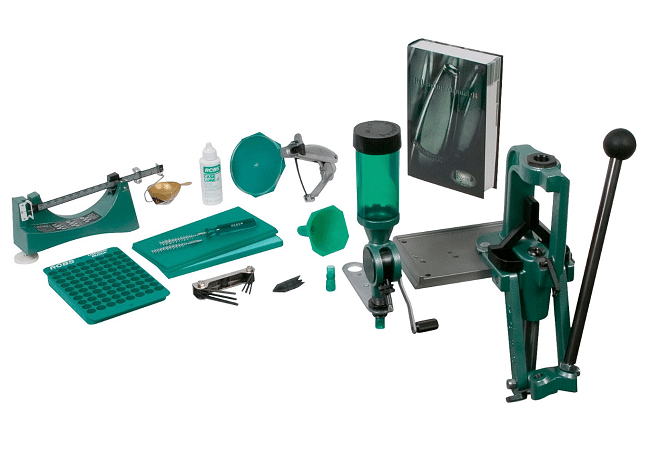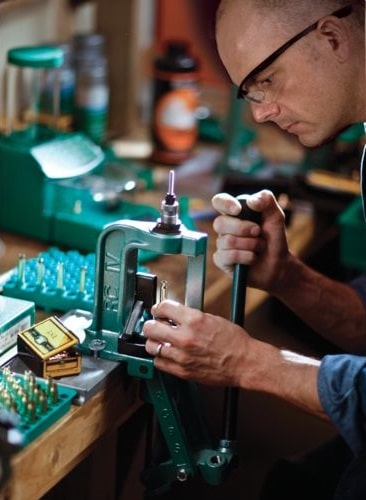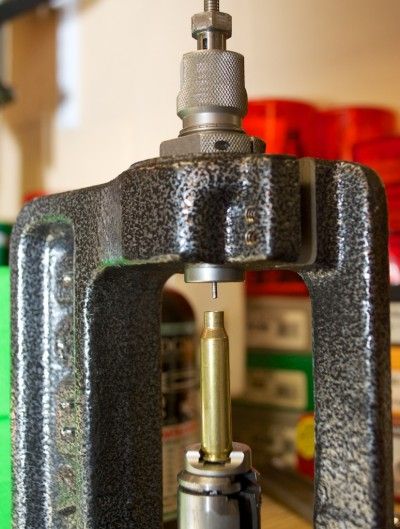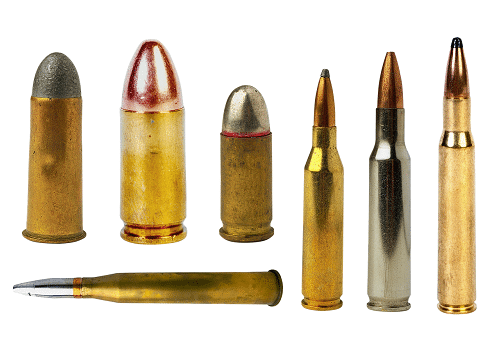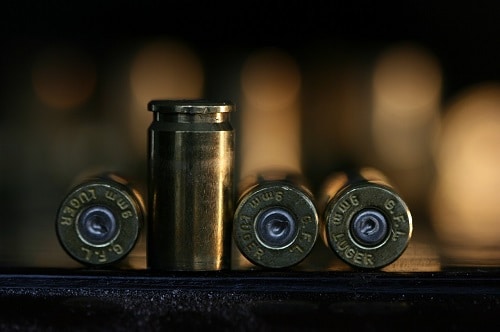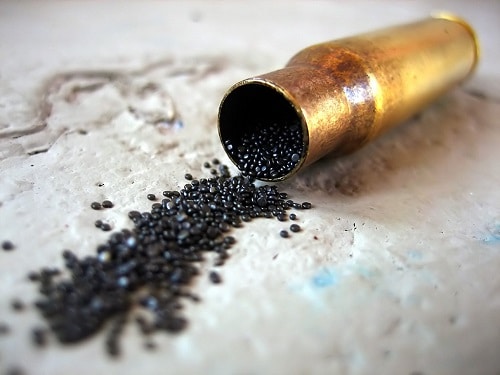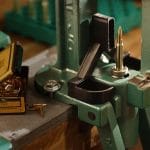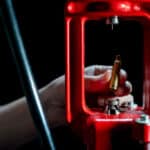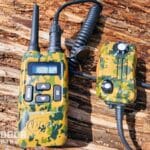Shooting is fun, but it is also incredibly expensive.
What if you could save over 50% on ammo and also fire high-quality ammunition?
As it turns out, there is a way you can do this: reload your own ammo.
Reloading is a very popular hobby in the shooting world, and even those who don’t reload have usually at least thought about it.
If you’re reading this article, it’s probably because you are also thinking about reloading your own ammo but don’t know much about the subject.
This article will serve as a fairly brief yet informative guide on the subject of reloading your own ammunition.
We’ll talk about the main benefits to reloading your own ammunition, the types of reloading presses you can use, and then the basic process that you will need to follow to do so.
Why Would You Want to Reload Your Own Ammo?
Here are the top reasons why you might want to reload your own ammo:
Save Money
This is probably the first and biggest reason why people consider reloading their own ammo.
But take note that reloading ammo will only save you money over the long term. Up front, you’re going to have a number of start-up costs, including buying the necessary equipment.
Only if you truly commit to reloading your own ammunition over the long term will you save because the cost of reloading each individual round should only be around half the cost of buying that individual round.
Customize Your Own Loads
Aside from saving on money, reloading your own ammo also gives you the opportunity to customize your own loads. For example, you can select your own bullets and their weights and casings.
This means that if you want to get a round with the exact terminal ballistics you desire, reloading your own ammo is undoubtedly the way to do it.
It’s Fun
Last but not least, another reason to reload your own ammunition is because it’s fun. In fact, this is probably the real reason why people who reload their own ammo reload.
Plain and simple, if you don’t actually enjoy the process of reloading, you’re likely not going to do it.
This is why one of the best pieces of advice that you can be given on the subject of reloading will be to practice reloading yourself with a friend or family member.
If you find that you enjoy the process, then consider investing in reloading equipment. But if you don’t enjoy it, then you may want to avoid the expense of purchasing expensive equipment.
In summary, the three main advantages to reloading ammo are:
- You can save money
- You can create cartridges to your exact specifications
- It’s fun!
If you are still unsure on whether you should handload or not, see our full pros/cons articles on DIY reloading.
Types of Reloading Presses
Here are the basic types of reloading presses that you can get for reloading:
Single Stage Press
A single stage press is so named because it only has one die. This means that you will need to switch it out at least twice, for resizing and for bullet seating, as well as for priming the cases (assuming you don’t opt to do so by hand).
Turret Press
A turret press utilizes multiple dies, in contrast to the single stage press. This means that you will not need to swap out each die by yourself, which means that you will save a lot of money.
If your goal is to reload a large amount of ammo in a short amount of time, then the turret press is undoubtedly superior to the single stage press.
Progressive Press
Last but not least is the progressive press, which also has multiple die stations and multiple places for you to set your brass cases.
If you are unsure what’s the best type for you, take a look at our reloading press reviews.
What is the Process to Reload Your Own Ammo?
In this section, we will cover the basic process that you will need to follow in order to reload ammo. Keep in mind that this overview is general and not specific to any caliber.
Before we dive into the bullet reloading process, let’s cover the basic parts of a typical cartridge: you have your brass casing, your gun powder, your bullet, and the primer.
The firing pin of the gun will strike the primer, which ignites the gun powder and sends the bullet flying outside of the brass casing.
Make sense?
Understanding this information will also greatly increase your understanding of how the reloading process we are about to discuss works as well.
1. Prep The Case
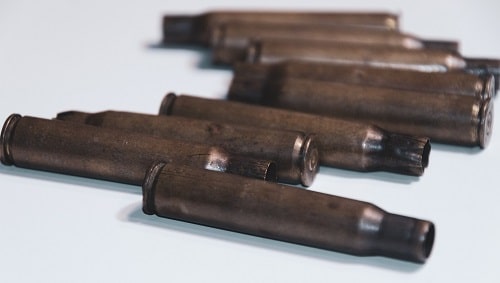
Each time you fire a bullet out of a shell casing, the resulting explosion causes the brass casing to expand a little bit inside the gun chamber before it is ejected. In other words, a spent shell casing is slightly larger than it originally was. It will also be a lot dirtier as well.
What you will need to do in order to prep the case is both clean it and shrink it. And yes, you can do both.
Start by using a brass tumbler to clean out the cases. This has a lead contamination risk, and the brass tumbler is also very loud, so this should be done outside rather than indoors.
You will also need to bring the brass back to its original specifications. Otherwise, it is not going to feed reliably into your firearm(s) and could be unsafe to shoot.
Start by popping out the primer in the casing after you have cleaned it. This is called depriming the primer. This can also usually be done by simply using a reloading press, so don’t worry about that.
Next, you are going to need to use a reamer to resize the casing. How you do this is dependent largely on the type of casing you have.
There are two different kinds of shell casings:
- Straight Wall
- Bottleneck
You should be able to easily visualize what a casing looks like based on those above definitions, if you don’t already know.
Regardless of whether you are using a straight wall or a bottleneck caliber, you will need to run it through a resizing die, which will bring the casing back to its original specifications, in addition to reforming dents and issues with case mouth.
You can run into issues depending on whether you have a straight wall or bottleneck cartridge. Long story short, straight wall shell casings are incredibly easy to resize, most of the time.
The issue is with bottleneck cartridges, or casings that are much narrower towards the bullet and have a “shoulder.” Basically, the shoulder is something you also have to worry about when resizing the casing because you have to resize both the wider and narrower parts of the bullet.
It can still be done, but if you end up cutting off any material from the casing, that casing will probably not be suitable for shooting anymore.
In other words, there is simply more room for error when reloading bottleneck casings over straight wall casings, but both can still easily be done (and are done often).
2. Priming
The next part of the reloading process is known as priming. This step is simple: you can use a hand tool that can fit your primer, or you can use a die on the reloading press as well.
Now it’s time to really get into the fun part.
3. Add Gunpowder
Only once the primer has been fully seated into resized shell casings can you add gunpowder (technically it’s smokeless powder).
How much gunpowder you load into your casing is dependent on the caliber. Take note that you can load different loads of gunpowder into the same caliber. For example, it’s very common for 9 mm Luger rounds to have anywhere from 115 to 147 grains of gunpowder in them.
4. Seat The Bullet
All that’s left is to seat the bullet. You’ll need to add a bullet into a die in your reloading press and then press it into the case.
Take note that if the bullet is too wide, you will need to flare the top of the casing.
Conclusion
And that’s it! Make sense? You now know the process to reload your own ammunition.
Again, reloading is an excellent way to shoot for cheap, while also creating bullets to your exact specifications. But it’s also only something that you should do if you truly enjoy the process.
Get some practice reloading with someone else before you commit to buying your own equipment.
Related: What’s the Cheapest Shotgun Gauge to Shoot (Including Reloading Costs)

